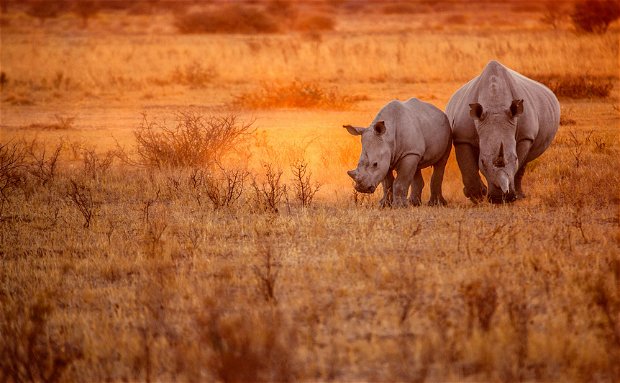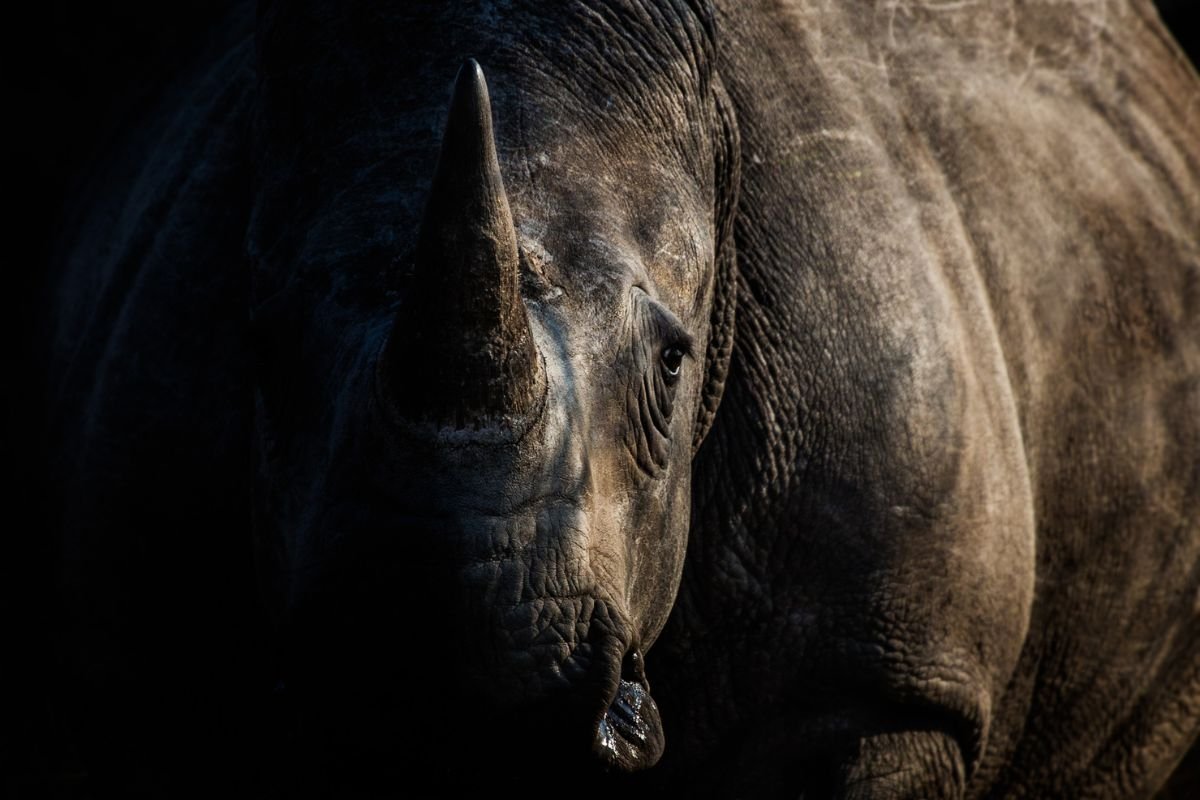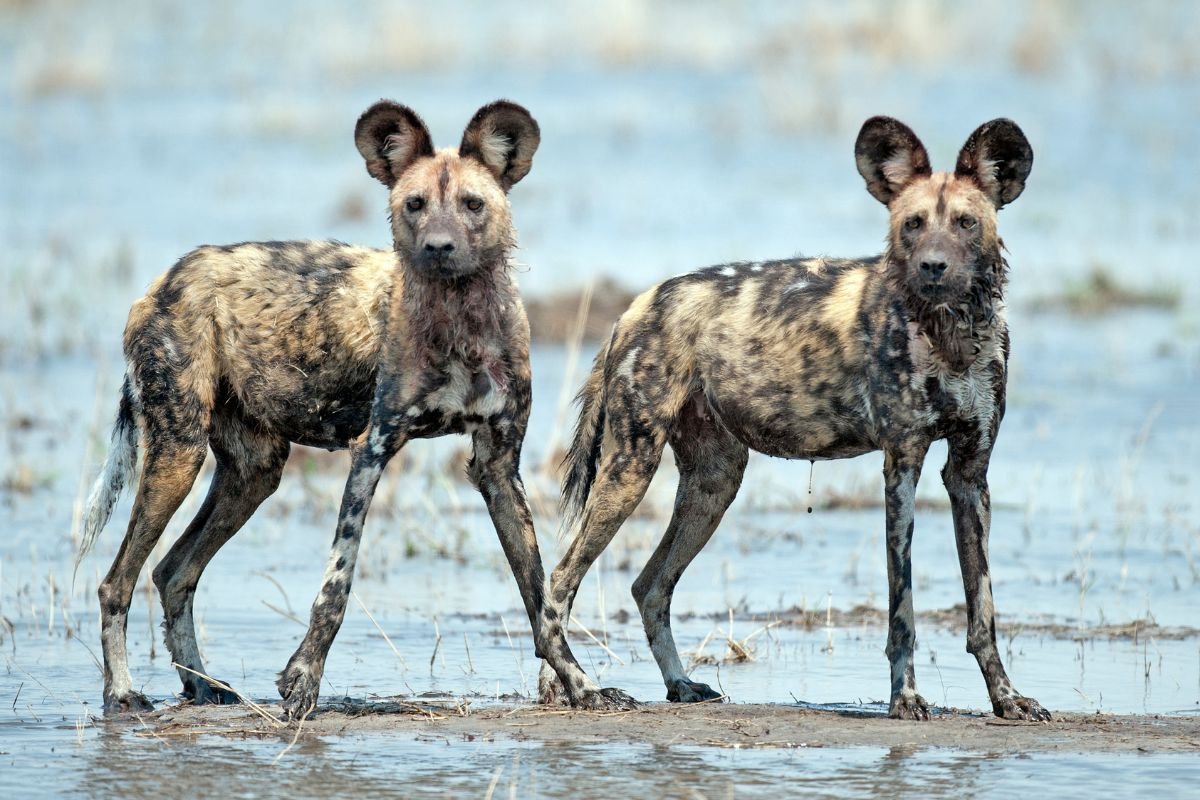Namibia's Wildlife Conservation Efforts: Protecting Endangered Species

Namibia, known for its stunning landscapes and rich biodiversity, is at the forefront of wildlife conservation efforts. This article delves into the country's proactive measures to protect endangered species, highlighting its innovative strategies and successes in preserving its natural heritage.
Namibia's Conservation Success Stories
Namibia boasts remarkable success stories in wildlife conservation. One standout achievement is the recovery of the black rhino population. Through dedicated conservation programs and anti-poaching efforts, Namibia has seen a significant increase in black rhino numbers, showcasing the effectiveness of targeted conservation initiatives.
Additionally, Namibia's approach to conservation emphasizes community-based conservation and sustainable tourism. Namibia has created a model that benefits both wildlife and people by involving local communities in conservation efforts and promoting eco-friendly tourism practices.
Endangered Species in Namibia
Several iconic species in Namibia face threats due to habitat loss, poaching, and human-wildlife conflict. Among these are the black rhino, cheetah, and African wild dog. Once on the brink of extinction, the black rhino has seen a resurgence thanks to conservation interventions. However, challenges persist, particularly with poaching and habitat fragmentation.
Cheetahs, renowned for their speed and agility, are also endangered in Namibia. Human-wildlife conflict and loss of prey contribute to their decline. Similarly, African wild dogs face habitat loss and conflict with humans, putting their populations at risk.

Black Rhinos: A Conservation Success Story
The recovery of black rhinos in Namibia is a testament to successful conservation efforts. Strict anti-poaching measures, habitat restoration projects, and community involvement have contributed to the rebound of black rhino populations. Conservationists employ GPS tracking and monitoring techniques to protect these majestic animals and ensure their continued survival.

Cheetahs: Balancing Conservation and Human Interactions
Cheetah conservation in Namibia involves addressing human-wildlife conflict while protecting cheetah habitats. Conservationists work with communities to implement livestock protection measures and promote coexistence between farmers and cheetahs. Conservation education is vital in raising awareness about the importance of cheetahs in ecosystems and the need for their protection.

African Wild Dogs: Preserving Social Structures
The conservation of African wild dogs in Namibia focuses on preserving their intricate social structures and habitats. Protected areas and conservation corridors are crucial for maintaining wild dog populations and facilitating genetic diversity. Collaboration with local communities ensures conservation efforts align with community needs and priorities.
Conservation Initiatives
Namibia's conservation initiatives encompass a range of strategies. The country has established national parks, conservancies, and wildlife corridors to protect habitats and facilitate wildlife movement. Notable examples include Etosha National Park and the Bwabwata National Park, which serve as crucial havens for diverse species.
Government agencies, NGOs, and communities collaborate closely in these conservation efforts. This multi-stakeholder approach ensures a holistic and sustainable approach to wildlife conservation.
Community Conservancies: Empowering Local Communities
Community conservancies in Namibia empower local communities to take an active role in wildlife conservation. These conservancies safeguard habitats and provide economic opportunities for communities through ecotourism and sustainable resource management. Revenue generated from tourism supports conservation initiatives and benefits local livelihoods.
Wildlife Corridors: Ensuring Connectivity
Wildlife corridors in Namibia play a vital role in maintaining connectivity between fragmented habitats. They allow for wildlife movement, facilitating gene flow and population resilience. Conservationists work to preserve and expand these corridors to mitigate the impact of habitat fragmentation on endangered species.
Community Involvement and Benefits
Community involvement is a cornerstone of Namibia's conservation success. Local communities play a pivotal role in protecting wildlife through initiatives like community conservancies. These conservancies safeguard habitats and provide economic opportunities for communities through ecotourism and sustainable resource management.
The benefits of community involvement extend beyond conservation. They include job creation, income generation, and cultural preservation, fostering a sense of stewardship and ownership among local populations.

Ecotourism: Balancing Conservation and Economic Growth
Namibia's approach to ecotourism emphasizes responsible travel practices that minimize environmental impact while supporting conservation and local communities. Wildlife tourism contributes significantly to the country's economy while promoting wildlife conservation and environmental education among tourists.
Capacity Building: Empowering Conservationists
Capacity-building programs in Namibia focus on training and empowering local conservationists and community members. Skills development in wildlife monitoring, anti-poaching techniques, and conservation education ensures the long-term sustainability of conservation efforts and fosters a new generation of conservation leaders.
Innovative Conservation Techniques
Namibia employs innovative conservation techniques to safeguard endangered species. GPS tracking enables researchers and conservationists to monitor wildlife movements and behaviour, aiding in conservation planning and anti-poaching efforts. Advanced technology, such as drone surveillance and camera traps, enhances monitoring and protection measures.
Conservation education programs are also pivotal in raising awareness and fostering conservation ethics among local communities and visitors. These programs promote wildlife-friendly practices and highlight the interconnectedness of ecosystems and species survival.
Challenges and Future Directions
Despite notable successes, Namibia faces challenges in wildlife conservation. Poaching remains a persistent threat, particularly for high-value species like rhinos and elephants. Human-wildlife conflict, driven by resource competition, also challenges conservation efforts.
Namibia is committed to addressing these challenges and advancing conservation goals. This includes strengthening anti-poaching measures, promoting sustainable land use practices, and fostering international collaborations. Public awareness campaigns and education initiatives will continue to play a crucial role in garnering support for conservation efforts.
Conclusion
Namibia's wildlife conservation efforts exemplify a proactive and multifaceted approach to protecting endangered species and preserving biodiversity. Through collaborative partnerships, innovative techniques, and community involvement, Namibia has achieved significant milestones in conservation.
As the country navigates ongoing challenges and embraces future opportunities, its commitment to safeguarding its natural heritage remains unwavering, ensuring a legacy of conservation success for future generations.

Share This Post